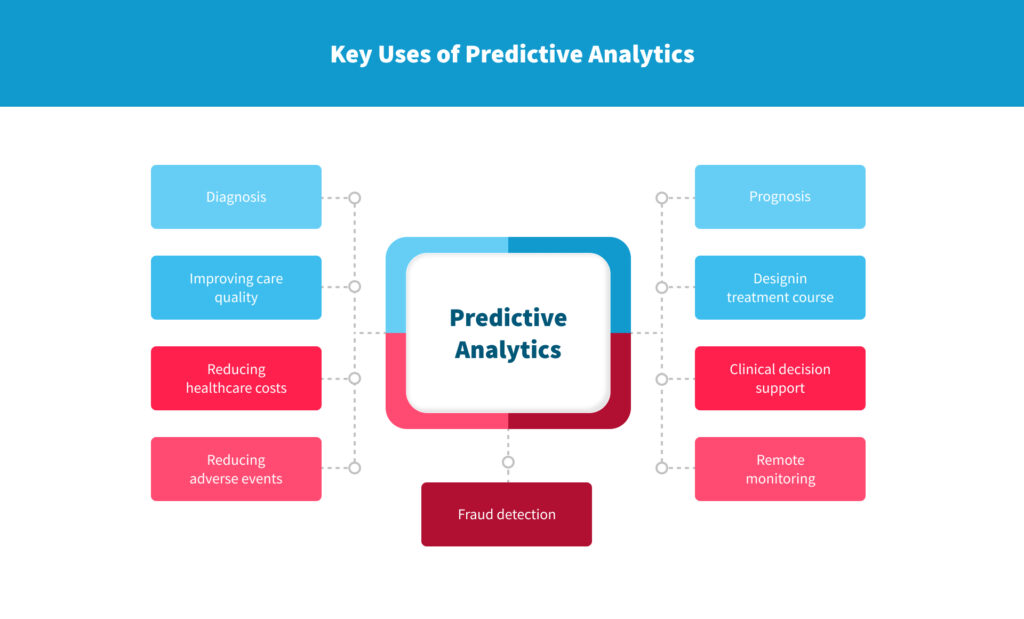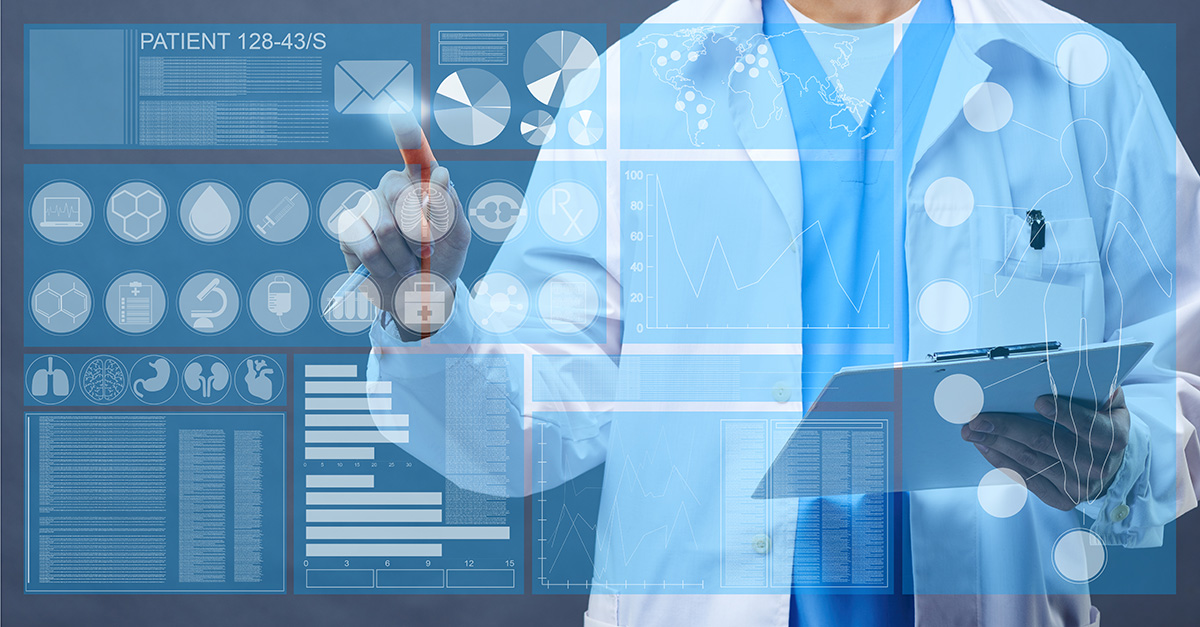Predictive analytics has been gaining in popularity recently in healthcare industry as a way to improve patient care and make better decisions about treatment.
Predictive analytics can help physicians and other healthcare professionals understand patient patterns and make more informed decisions about treatments.
Predictive analytics can also help hospitals identify areas where they can reduce costs, and it can monitor the effectiveness of treatments.
How the healthcare industry can take benefit from it?
The healthcare industry is constantly changing and evolving, which means that it is always looking for new ways to improve efficiency and quality of care.
Predictive Analytics can play a major role in helping the healthcare industry achieve these goals. Predictive analytics uses data analysis to make predictions about future events or trends.
This allows the healthcare industry to plan for changes, identify potential problems early on, and take appropriate action.
Predictive analytics has already proven to be helpful in areas such as fraud detection and patient care management. By predicting how patients will behave based on past behavior, organizations can better anticipate needs and provide better service.
In addition, predictive analytics can help identify patterns in data that may not be obvious at first glance. This information can then be used to make more informed decisions about how best to serve patients.
The healthcare industry is ripe for predictive analytics adoption.
What is the role of predictive analytics in healthcare?
Healthcare is a $2.9 trillion industry that is growing at a rate of over 6%.
With all this growth comes the need for efficient and accurate decision-making.
Predictive analytics can play a significant role in helping healthcare organizations make better decisions by predicting future outcomes, trends, and patient behavior.
Predictive analytics has already been used in the health insurance industry, where it has helped providers make claims adjustments and identify risk factors for fraud. Healthcare organizations are now starting to use predictive analytics to better understand patient populations, manage costs, and improve care delivery.
Some key benefits of using predictive analytics in healthcare include:

- Reduced medical costs: Predictive models can help identify which patients are more likely to require expensive treatments or surgeries, and can thus be targeted for preventive measures or early intervention.
- Improved patient care: Predictive analytics has the potential to improve patient care by helping healthcare providers better understand their patients and their needs, as well as predicting when a patient might need assistance or may be at risk for developing health problems. Additionally, predictive analytics can help identify possible solutions to patient issues before they become serious.
- Increased efficiency: Predictive analytics can help healthcare organizations achieve increased efficiency by identifying and preventing potential problems before they occur. Predictive analytics can also help identify patterns that indicate a patient is likely to have a particular condition and can help clinicians make better decisions about which treatments to provide.
- Fraud Detection: Predictive analytics can be used in healthcare to identify fraudulent activities, such as billing for services that were not actually provided. This can help to prevent financial fraud, and can also improve patient care by ensuring that the money spent on healthcare is actually effective. Additionally, predictive analytics can help to identify potential health problems before they become serious, which can lead to more effective treatment.
- Prognosis: Predictive analytics can provide insights into patient behavior that can improve prognosis. For example, by understanding the likelihood that a patient will respond to a particular treatment, healthcare providers can better allocate resources and make more informed decisions about which patients to treat. Additionally, predictive analytics can help identify patterns in patient data that may suggest potential health problems before they occur, potentially leading to earlier diagnosis and treatment.
Additionally, predictive analytics can help organizations identify cost-effective interventions and optimize resource allocations.
Predictive analytics is a cutting-edge technique that uses big data to help healthcare providers make decisions about patient care.
Also Read: The Complete Guide to Business Analytics for Managers & Executives
Predictive analytics can identify patterns and trends in patient data that may not be apparent at first glance, and it can help providers make better decisions about how to treat patients.
One key advantage of predictive analytics is that it can save healthcare providers time and money. By identifying potential problems early on, predictive analytics can help prevent them from becoming full-blown crises.
In addition, predictive analytics can identify treatments and strategies that are likely to be most successful for a given patient. This information can help providers save both money and time by avoiding unnecessary treatments and surgeries.
Overall, predictive analytics is a valuable tool that can help healthcare providers make better decisions about patient care. It can save them time and money while helping to improve the quality of care for patients overall.
Challenges of predictive analytics in healthcare: Privacy concerns, lack of data.
Many challenges face predictive analytics in healthcare, including privacy concerns and a lack of data.
Predictive analytics can help doctors make better decisions about treatments and recommend preventive measures, but there are concerns that the technology may be used to track patients without their consent.
Additionally, the sheer volume of data made available for analysis presents its own set of challenges. It is difficult to find patterns in large data sets and to develop accurate models that can make predictions.
Conclusion
Predictive analytics has the potential to improve the quality of healthcare by helping doctors make better decisions about patient care. However, there is still much work to be done in order to fully realize its potential.
There are various challenges that need to be addressed, such as creating a robust data infrastructure and understanding the complex relationships between health metrics. With continued effort, predictive analytics could play an important role in improving the quality of care delivered to patients in the healthcare industry around the world.




